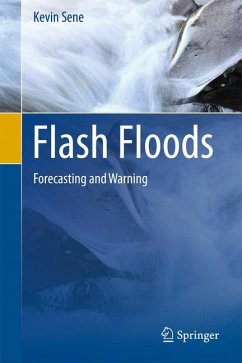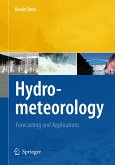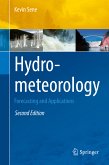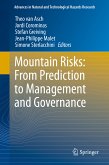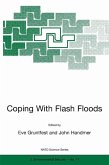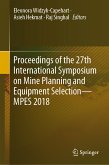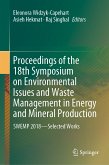Flash floods typically develop in a period a few hours or less and can arise from heavy rainfall and other causes, such as dam or flood defence breaches, and ice jam breaks. The rapid development, often associated with a high debris content, can present a considerable risk to people and property. This book describes recent developments in techniques for monitoring and forecasting the development of flash floods, and providing flood warnings. Topics which are discussed include rainfall and river monitoring, nowcasting, Numerical Weather Prediction, rainfall-runoff modelling, and approaches to the dissemination of flood warnings and provision of an emergency response.
The book is potentially useful on civil engineering, water resources, meteorology and hydrology courses (and for post graduate studies) but is primarily intended as a review of the topic for a wider audience.
Dieser Download kann aus rechtlichen Gründen nur mit Rechnungsadresse in A, B, BG, CY, CZ, D, DK, EW, E, FIN, F, GR, HR, H, IRL, I, LT, L, LR, M, NL, PL, P, R, S, SLO, SK ausgeliefert werden.

